How Does Measurement While Drilling Revolutionize the Drilling Operations
Measurement While Drilling (MWD) is a groundbreaking technology that has revolutionized the oil and gas industry by providing real-time data acquisition and analysis while drilling wells. In this article, we’ll delve into the intricacies of Measurement While Drilling, exploring its working principles, applications, the significant impact on drilling operations and how Simulation technology is used in enhancing the effectiveness and efficiency MWD drilling operations.
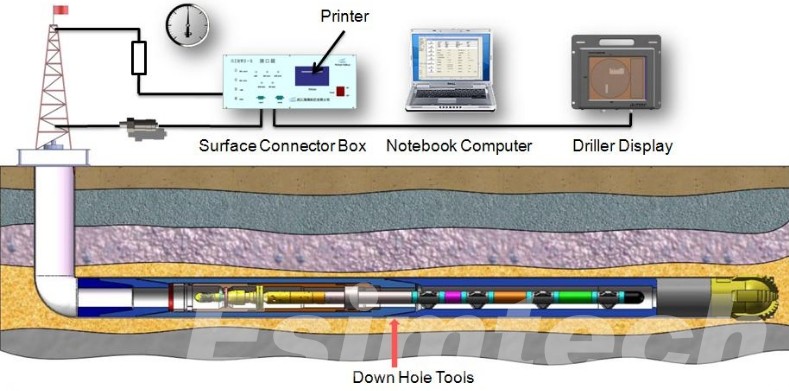
Understanding Measurement While Drilling
Measurement While Drilling (MWD) is a technology utilized in drilling operations to collect and transmit crucial data about the wellbore, formation, and drilling parameters in real-time. Unlike traditional drilling methods that rely on intermittent measurements obtained through wireline logging, MWD enables continuous monitoring and evaluation while the drilling process is in progress.
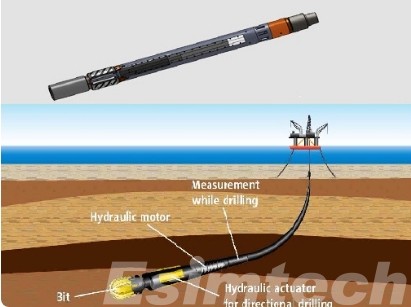
How Does Measurement While Drilling Work
Measurement While Drilling involves integrating sensors and instruments into the bottom-hole assembly (BHA) of the drill string to measure various parameters, providing valuable insights into downhole conditions and formation properties.
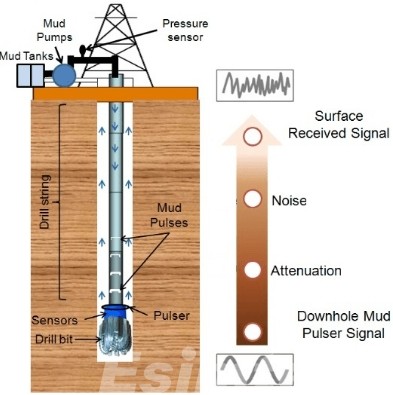
1. Integration of Sensors
MWD drilling systems consist of a suite of sensors and instruments installed near the drill bit within the BHA. These sensors are designed to measure critical drilling parameters and formation characteristics in real-time. Common sensors include:
- Directional Sensors: Measure azimuth (compass direction) and inclination (angle from vertical) to determine the wellbore trajectory.
- Drilling Dynamics Sensors: Monitor parameters such as weight on bit (WOB), torque, rate of penetration (ROP), and vibration levels.
- Formation Evaluation Sensors: Measure properties such as resistivity, gamma radiation, porosity, and rock density to characterize the formations being drilled.
2. Data Acquisition
As the drill bit penetrates the subsurface formations, the sensors in the Measurement While Drilling system continuously collect data at various depths and intervals. This data is crucial for understanding the geological properties of the formations, assessing drilling performance, and guiding the drilling process.
3. Data Processing
The collected data is processed and interpreted in real-time using onboard electronics located within the MWD tools. Advanced algorithms analyze the data to extract meaningful information about downhole conditions, formation properties, and drilling dynamics.
4. Data Transmission
Once processed, the data is transmitted to the surface for analysis and interpretation. There are several methods used for data transmission.
- Electromagnetic Telemetry: Sends data to the surface using low-frequency electromagnetic signals transmitted through the earth’s formations.
- Mud Pulse Telemetry: Utilizes pressure pulses generated in the drilling fluid (mud) to transmit data to the surface through the drill string.
- Wired Drill Pipe: Involves a physical cable integrated into the drill string, allowing for direct transmission of data to the surface.
5. Surface Reception and Interpretation
At the surface, the transmitted data is received by surface equipment, such as data acquisition units and computers. Specialized software processes the data, providing visualization and analysis tools for drilling engineers and geoscientists.
6. Real-Time Decision-Making
Armed with real-time data from the MWD system, drilling personnel can make informed decisions to optimize drilling performance, adjust drilling parameters, and mitigate drilling risks. This enables operators to steer the wellbore accurately, optimize well placement, and improve overall drilling efficiency.
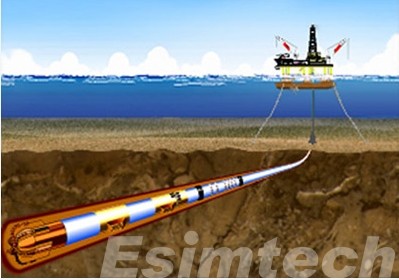
Key Applications of Measurement While Drilling
1. Wellbore Placement and Directional Drilling
Measurement While Drilling technology is instrumental in directional drilling applications, allowing operators to accurately steer the drill bit and control the trajectory of the wellbore. By continuously monitoring parameters such as azimuth, inclination, and toolface orientation, MWD systems provide real-time feedback to guide the drill bit toward specific targets or reservoir zones.
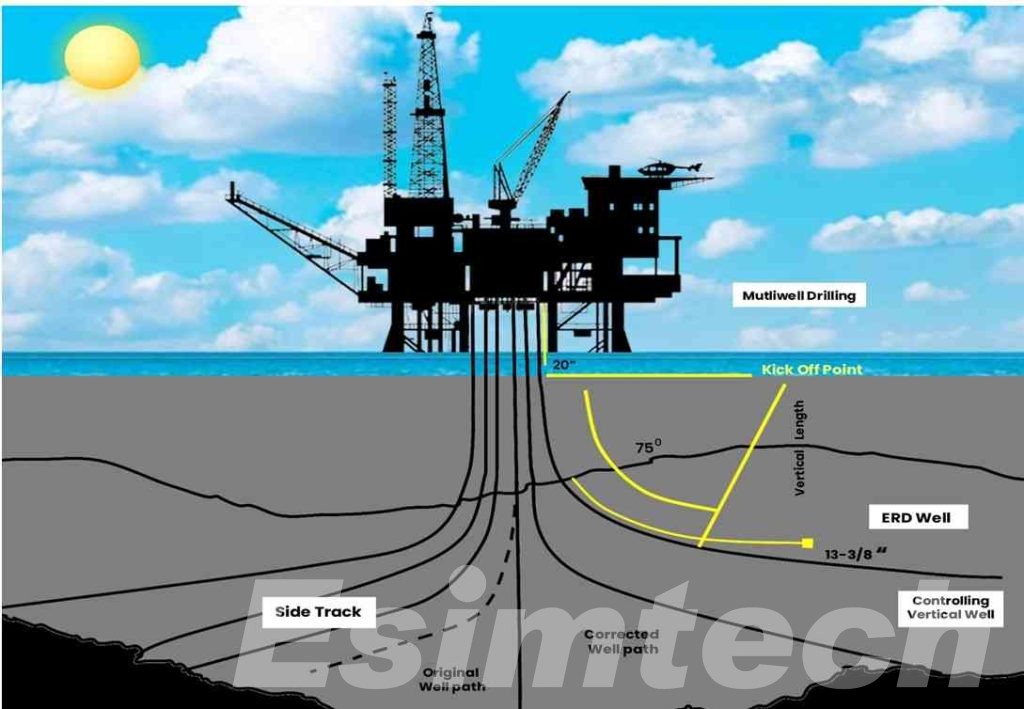
2. Formation Evaluation and Reservoir Characterization
Real-time data acquisition by Measurement While Drilling systems enables operators to evaluate subsurface formations and characterize reservoir properties while drilling is in progress. Measurements of formation resistivity, porosity, gamma radiation, and rock density provide valuable insights into reservoir lithology, hydrocarbon content, and fluid properties, aiding in reservoir characterization and modeling.
3. Geosteering and Well Placement Optimization
MWD drilling technology facilitates geosteering, a technique used to navigate the wellbore within target reservoir zones to maximize hydrocarbon production. By analyzing formation properties and fluid contacts in real-time, geoscientists and drilling engineers can adjust the well trajectory to intersect productive zones accurately, optimizing well placement and enhancing reservoir drainage.
- Drilling Optimization and Performance Monitoring
Continuous monitoring of drilling parameters such as weight on bit (WOB), torque, rate of penetration (ROP), and drilling fluid properties allows operators to optimize drilling performance in real-time. By adjusting drilling parameters based on MWD data, operators can improve drilling efficiency, reduce drilling costs, and mitigate drilling-related risks such as stuck pipe or wellbore instability.
4. Well Integrity and Geohazard Detection
MWD systems can also detect potential geohazards and assess well integrity during drilling operations. Measurements of downhole vibrations, pressure differentials, and wellbore stability indicators help identify potential drilling hazards such as over-pressured formations, faults, or unstable formations, enabling operators to take proactive measures to mitigate risks and ensure wellbore integrity.
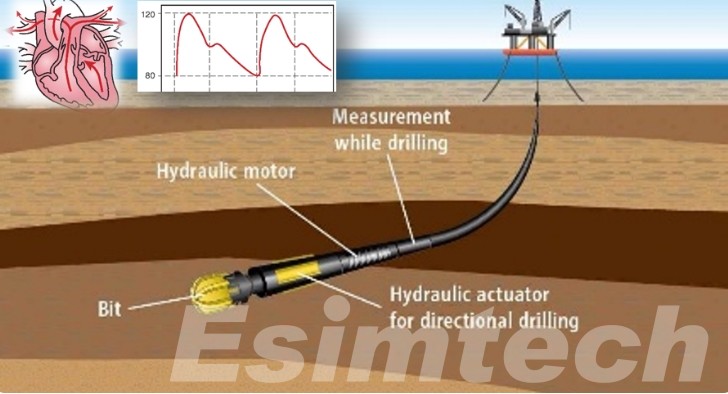
How Simulation Technology is Used in Enhancing the Efficiency of Measurement While Drilling
1. Virtual Well Planning and Design
Simulation software allows drilling engineers to create virtual models of the wellbore trajectory and design drilling plans before actual drilling operations commence. By simulating different well paths, formation scenarios, and drilling parameters, engineers can optimize well placement, minimize drilling risks, and maximize hydrocarbon recovery.
2. Predictive Modeling of Downhole Conditions
Simulation technology enables predictive modeling of downhole conditions based on real-time data acquired by MWD systems. By integrating data from multiple sensors and instruments, simulation models can forecast formation properties, lithology changes, and potential drilling hazards ahead of the drill bit, allowing operators to proactively adjust drilling parameters and mitigate risks.
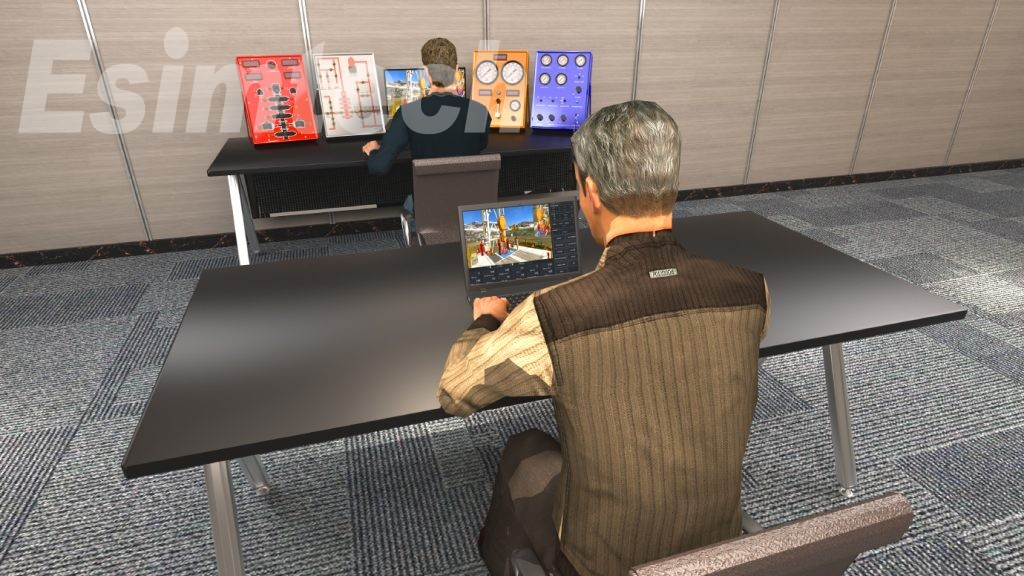
3. Optimization of Drilling Parameters
Drilling simulators allows drilling engineers to simulate various drilling scenarios and optimize drilling parameters in real-time. By analyzing the impact of different factors such as weight on bit (WOB), rotary speed, and mud properties on drilling performance, engineers can fine-tune drilling operations to maximize efficiency, minimize non-productive time, and reduce drilling costs.
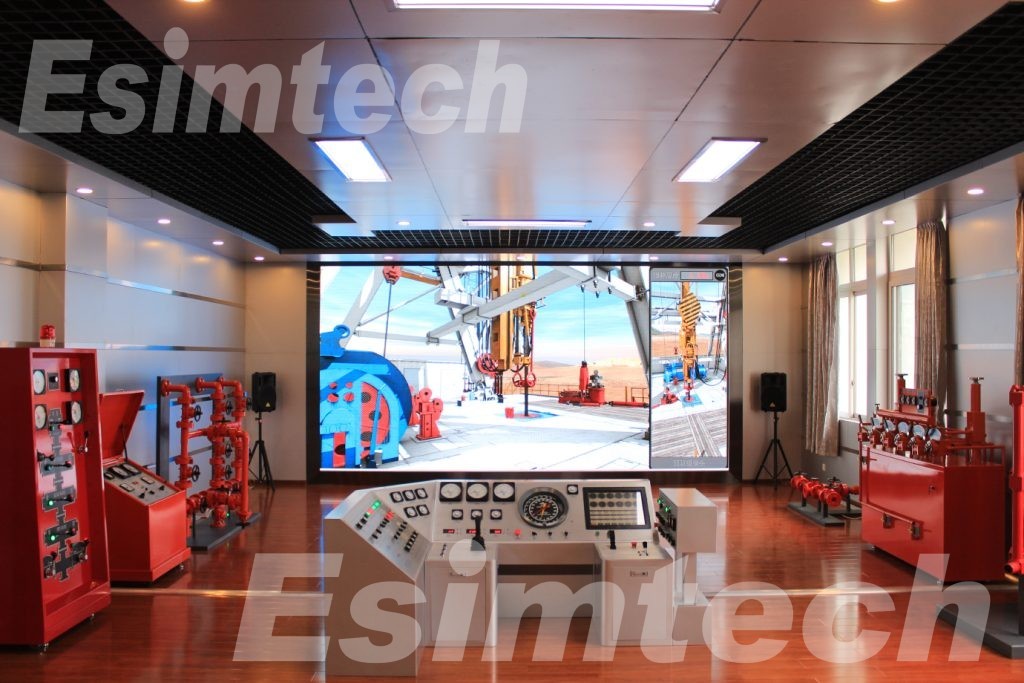
4. Geosteering and Wellbore Navigation
Simulation technology plays a critical role in geosteering applications, where accurate wellbore navigation within target reservoir zones is essential. By integrating MWD data with geological models and reservoir simulations, geoscientists can predict reservoir properties, identify optimal wellbore trajectories, and guide the drill bit toward productive zones in real-time, optimizing hydrocarbon production and reservoir drainage.
5. Training and Skill Development
Simulation software provides a valuable training tool for drilling personnel, allowing them to familiarize themselves with MWD systems and drilling operations in a virtual environment. Drilling training simulation system enable operators to practice real-time decision-making, scenario analysis, and troubleshooting, improving their skills and readiness for actual drilling operations.
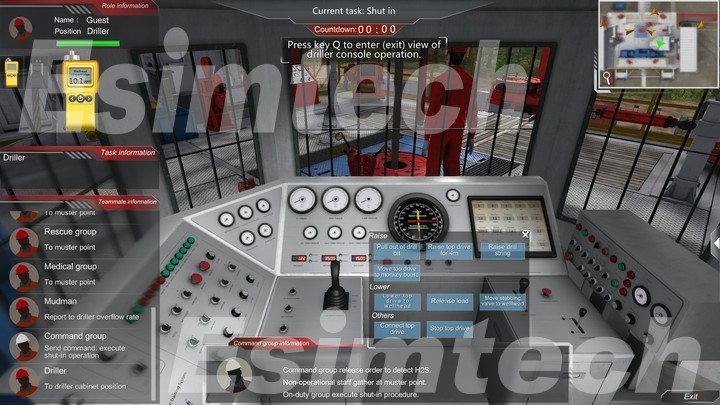
6. Performance Analysis and Continuous Improvement
Simulation technology facilitates post-drilling analysis and performance evaluation by comparing simulated drilling scenarios with actual drilling data. By analyzing discrepancies and identifying areas for improvement, operators can refine drilling practices, optimize MWD system configurations, and enhance operational efficiency for future drilling projects.
Conclusion
Measurement While Drilling (MWD) technology represents a significant advancement in the field of drilling operations, offering real-time data acquisition, precise wellbore placement, and enhanced drilling optimization capabilities. It enables operators to make informed decisions, optimizing performance, and maximizing the success of drilling operations.
Simulation technology enables virtual well planning, predictive modeling of downhole conditions, optimization of drilling parameters, geosteering, training, and performance analysis, ultimately leading to safer, more efficient, and more productive drilling operations in the oil and gas industry.

